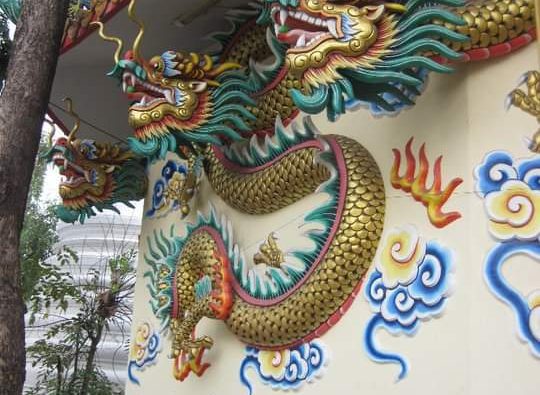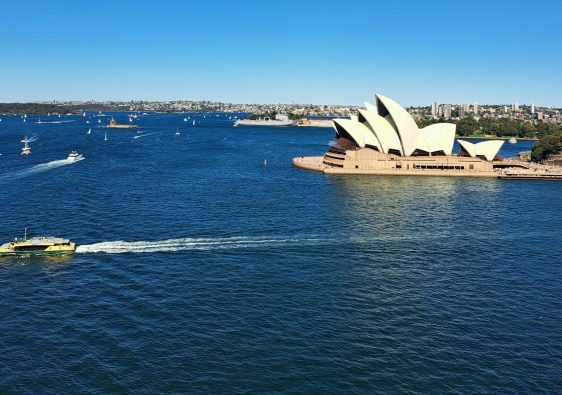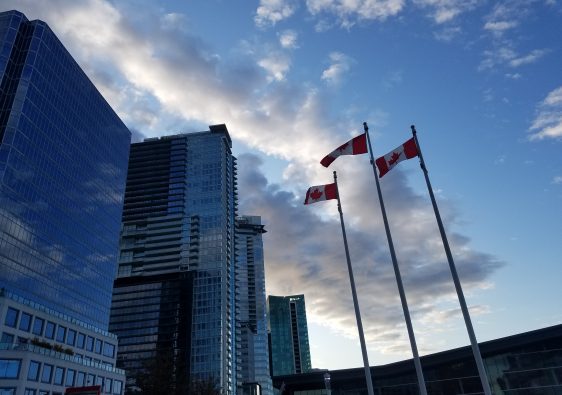Page menu:
Overview – Seasons – To do – Costs – Tips – Book a tour
A quick heads up: this post may contain a few affiliate links. This just means that (at no additional cost to you) when you click them, I will be able to continue to create more content to help you travel naturally! For more info about it, see my Affiliate Disclaimer. Thanks for your support!
Italy is a beautiful country with such a rich culture and pretty wild history! Whether you are into nature, food, nightlife, museums, culture, or ancient history, this is a country worth spending some time in & really getting to know. Nearly every corner I turned, I found myself saying “wow” as every building seems to be whispering a small piece of its history and every café is oozing with culture. Never once did I feel disappointed, and I have no doubt that you will have a similar experience! Start by booking cheap flights the same way I did!

Italy guide overview:
Language: Italian (in cities and larger towns you will find people that speak English, but it’s always a good idea to learn a few words in Italian)
Money: Euro
Conversion: 1USD= 0.93 Euro (As of June 2022)
Tipping: This is very optional. Tipping is not necessary or expected, but if you receive exceptional service, a tip will be appreciated.
Outlets: 230V and a double round prong plug. If you are traveling from the USA, you will need both an adapter and a converter.
People: Italians are very emotional and passionate people. This can often come across as overwhelming or brash, but keep cultural differences in mind & in general, they are willing to help and or share a laugh.
Safety: I advise simple tricks like keeping your bag towards the front of your body and avoid being out at night alone to dodge any unsafe encounter.
Water: Kitchen tap water is safe to drink. Many major cities have public drinking fountains dating back to the 1870s, with water clean enough to refill your water bottle.
Emergency #: 112

Seasons of Italy
Because of the location and shape of Italy, temperatures can vary from place to place. When you are planning your trip, be sure to look up the specific areas you will be visiting during the time of year you will be there for a more accurate idea. Here is a general guide to get you started:
Winter– December-February. Cold & Wet. Perpare for rain or snow, depending on the region.
Spring– March-May. A true transition season. Some days warm & sunny, others cold & rainy.
Summer- June-August. Hot & Humid
Fall– September-November. Southern regions will be warmer and Northern regions cooler.
My recommended time to visit: I visited in the beginning of summer & it was already HOT. I loved it this way since we spent a lot of time in the Amalfi Coast and near the water. However, if you are sticking to central Italy and don’t love the heat, I suggest late Spring (think April/May) as these months will have more mild weather and less tourists.



Things to do:

Amalfi Coast– There are so many coastal towns & islands to chose from. Pick one or two and you won’t be disappointed. *Don’t be alarmed if the island you choose is riddled with tourists though. We’re not the only ones that fly from afar to experience the beauty of the water! (Thanks Instagram)
Eat!– Pasta, Pizza, Gelato, Cheese….an obvious must when in the land of fantastic food!


Learn about the history of Rome– Get a guide to teach you about the history of the colosseum and the surrounding buildings/area. Note: You have to purchase tickets online & in advance. HERE is the website.
Drink-Aparativos, Espresso, Aperol, Limoncella, vino…these are all common beverages you HAVE to try while in Italy! Find rooftop bars in Milan here.


Visit a Unesco Heritage sight-There are more in Italy than any other country, so whatever your route, you are sure to come across atleast a few. Stop into them & learn about their history.
Hitting the highlights is a must in Italy. Sure, they are filled with tourists, but for good reason. Venice, Florence, Tuscany, Lake Como, Milan, The Vatican, etc. All worth a visit!

General Costs:

Budget
Food – Buying groceries and cooking at your accommodation is a good option here. Sharing meals also helps cut costs. Small, local places away from tourist destinations are your best bet for low cost restaurant.
Accommodation– Couchsurfing is free. Sharing an Airbnb can be affordable. If you’re feeling adventurous, asking a local can be a good way to find a room for rent for a night or two.
Transportation– Walking is free. Public busses run around the cities for just a few dollars per ride.
Activities– There are 8 free museums in Rome. Seeing sights like the leaning tower of Pisa and the Trevi fountain are free. Parks & exploring the city by foot is also free.

Mid Range
Food– Most family restaurants offer plates starting around $16USD and multi-course meals from around $23USD.
Accommodation– Local hotels start around $35USD per night. (Note: This will likely be higher during the busy season)
Transportation– Trains and busses run from city to city starting around 15USD.
Activities– Entrance to most museums runs between $15-$25USD. Hiring a guide will be an additional cost, but I think it’s worth spending a bit more to learn about the history & culture from a local.

High End
Food– Fine dining restaurants are in abundance. Italians love their food and it shows. The price reflects that.
Accommodation– Chain hotels start around $200+
Transportation– Uber is available, prices vary. Renting a car is at your own risk. It’s a good way to see the countryside, but city streets are narrow & the drivers, unforgiving.
Activities– Day trips and multi-day guided tours can cost anywhere from $100USD-$1,000+.

Insider tips:
1 Learn the Italian names of the cities you are in Roma, Napoli, Venecia…Locals will be impressed with you & it’s a good way to immerse yourself into the culture a bit.
2 Only order espresso with milk before noon. After noon, you should only order straight espresso. Cafes are such a huge part of Italian culture & you run the risk of offending someone if you order a cappuccino at 3pm.
3 Rome has a massive bus/train station near the city center. It is easy to find transportation in & out of the city everyday. You can buy tickets there, but they may be slightly cheaper if you use the app, Omio.
4 Get off the beaten path & explore some small villages and countryside. The big cities and tourist areas are popular for a reason, but don’t forget about the real side of Italy & see where the locals live.

Sound like too much planning?
We’ve got you covered! Planning an entire trip can be stressful. Check out this 10-Night Complete Italy Tour, including accomodation, transportation, some meals, guides, drink experiences and more!



